20+ SAMPLE Higher Education Lesson Plan
-
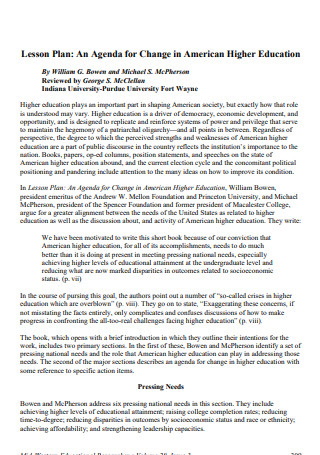
Higher Education Lesson Plan
download now -

Higher Education 3 Year Lesson Plan
download now -
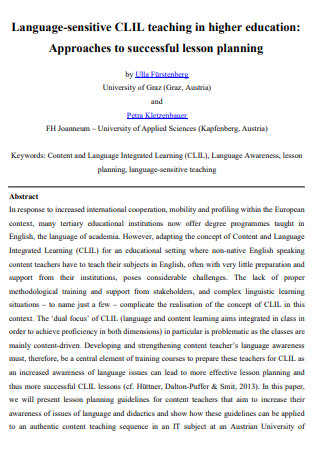
Teaching in Higher Education Lesson Plan
download now -
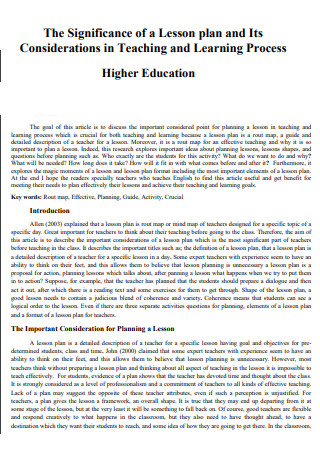
Higher Education Significance of a Lesson Plan
download now -
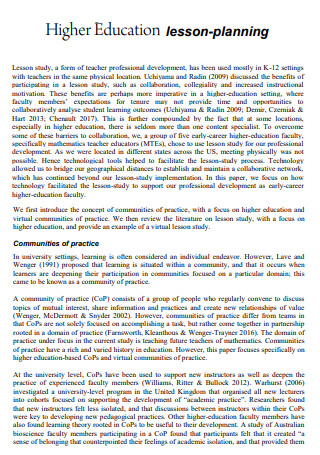
Professional Development for Higher Education Lesson Plan
download now -
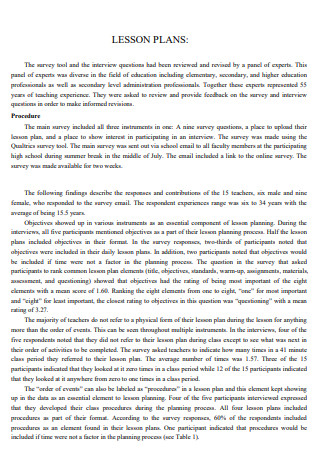
Sample Higher Education Lesson Plan
download now -
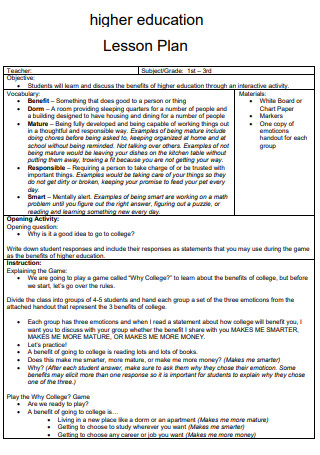
Higher Education Lesson Plan for College
download now -

Value of Higher Education Lesson Plan
download now -
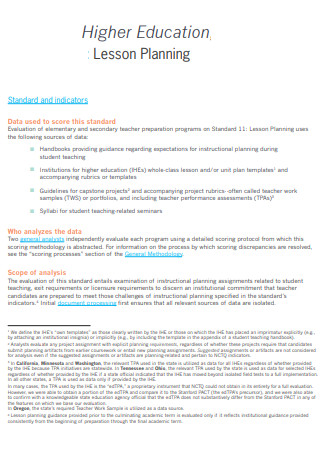
Simple Higher Education Lesson Plan
download now -
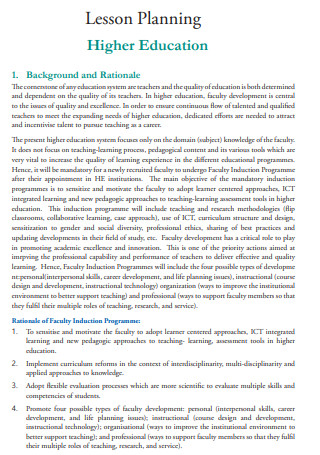
Higher Education Lesson Plan in University
download now -
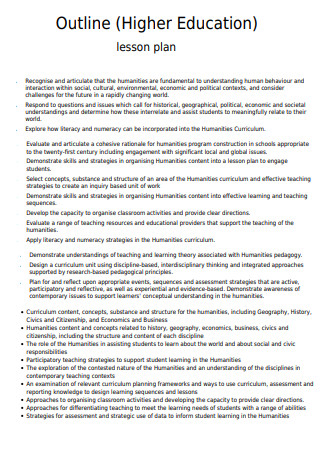
Higher Education Lesson Plan Outline
download now -

Basic Higher Education Lesson Plan
download now -
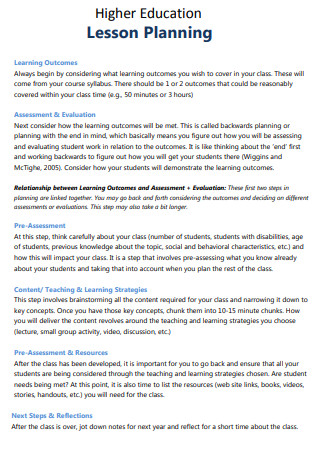
General Higher Education Lesson Plan
download now -

Higher Education Lesson Plan Template
download now -
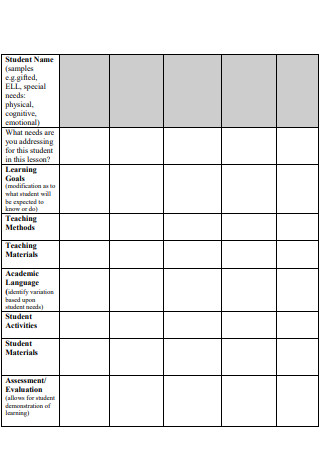
Higher Education Teaching Program Plan
download now -
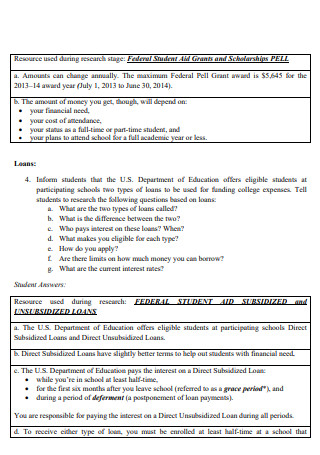
Higher Education Lesson Plan Example
download now -

Higher Education Lesson Plan Format
download now -
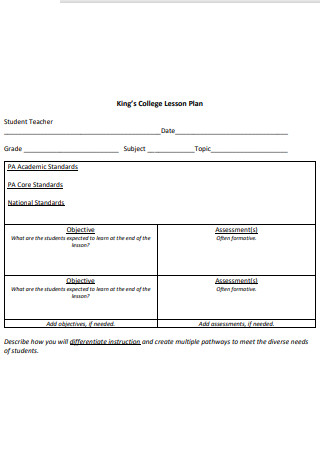
College Lesson Plan
download now -
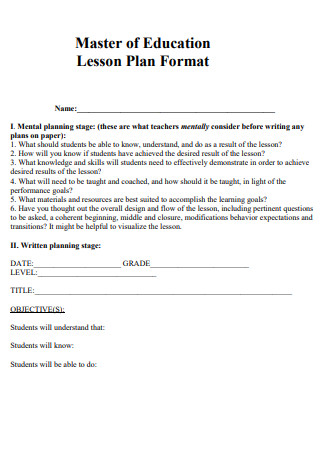
Master of Education Lesson Plan
download now -
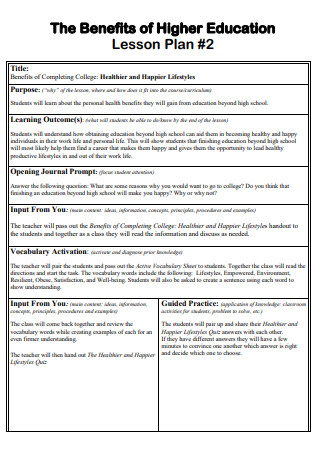
Benefits of Higher Education Lesson Plan
download now -
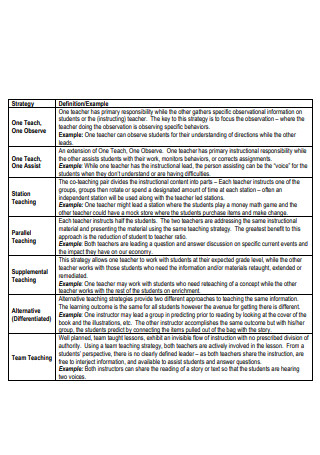
Higher Education Funding Lesson Plan
download now
FREE Higher Education Lesson Plan s to Download
20+ SAMPLE Higher Education Lesson Plan
What Is a Higher Education Lesson Plan?
What can be gained from a Higher Education degree?
Making the Higher Education Lesson Plan
FAQs
What are some of the teaching strategies?
What are some of the advantages of having a lesson plan?
What are the two paths to higher education?
What Is a Higher Education Lesson Plan?
A higher education lesson plan is considered as an academic roadmap for teachers, professors, or instructors on what knowledge and skills they need to impart to their students. It contains instructional materials, learning activities, and strategies designed to instruct, develop, and assess the students’ learning skills during their post-secondary or tertiary education years. Lesson plans typically follow the format provided by their respective district school board, after basing it on assessments done on the school’s students’ progress. Lesson plans essentially include lesson objectives, action items, and a monitoring report. In higher education, a lesson plan is primarily focused on course-specific learnings and activities that are geared towards the desired career or professional path that students want to take.
What can be gained from a Higher Education degree?
Although taking the route of higher education remains optional, as there are jobs that don’t require a tertiary education, having a higher education degree proves to be more beneficial in many ways. Perhaps the biggest barrier to obtaining a tertiary education is increased debt in the form of federal student loans. Not to mention there is no guarantee of immediate job employment once you graduate from college that could start you off on that very long road of paying for the student loan. Still, despite the glaring disadvantages, the advantages far outweigh the drawbacks. Idealistically, and even realistically, attaining a higher education degree is that trump card that could, and probably will make you win more in life. So, what are these benefits we’re talking about here?
Making the Higher Education Lesson Plan
Before any of the above-mentioned benefits even comes to fruition, higher education students have to go through the hurdle of passing their studies. Teachers have to come up with an ideal lesson plan that touches on specific subjects that are geared to help prepare the students for the job market based on their chosen career path. Oftentimes, lesson plans are subject to a particular set of standards, depending upon the state requirements. It may sound limiting, but it provides a clear path, a roadmap, a uniformity when creating their lesson plans. For instance, each profession has its own set of standard methods when carrying out its roles and responsibilities. Those are listed and identified in the lesson plans. Students are taught and trained in the methodologies and skills, as well as the important value of being accountable for the work done. Despite the set of standards in planning lessons, it is important to remember that each lesson plan essentially should have the following elements.
-
1. Learning Objectives
At the beginning of your lesson plan should be the individual learning objectives. The objectives explain what the students need to know, what they will be learning, and how they will be able to apply it later on. It should be written clearly, preferably free from jargon. The objectives should also explain why there is a need to know the lessons that will be taught and the purpose of the activities that will be applied later on. Objectives are oftentimes equated as goals. Goals that are SMART goals (Specific, Measurable, Achievable, Relevant, and Time-bound). Specific, meaning the goal is clearly and specifically identified, such as “Students should be able to identify the techniques, methods, and instruments used when performing CPR” as in the case of medical students. A measurable goal is something that can be monitored and evaluated, such as adhering to a set of criteria for rating students’ performances. An achievable goal is something realistic. You never plan out activities that are physically impossible for students to perform. A relevant goal is something that’s timely, appropriate to the current methods for instruction and application. Last, a time-bound goal is something that can be tracked through time. There should be a timeline set since higher education courses are also bound to a timeline for classes throughout the year.
-
2. Learning Activities
After you have written down your learning objectives, the next step is for the student’s learning plan activities. The activities should be tailored fit and relevant to the current professions’ methodologies. When planning, always consider the student group to whom you will be teaching, as well as their learning skills and capabilities. The activities should motivate the students to engage and interact to be able to gauge their learning progress. Common learning activities include instruction and application, wherein students are first taught, and then given a problem to solve or a task to perform; lecture, typical to a classroom-like lecture setting. A lecture can also be in the form of inviting prominent guest speakers to speak about their experience in a particular profession, or it could be in the form of a seminar-type lecture; quiz, and exams, either in oral or written form, to determine the students’ level of understanding of the lessons; student report or presentation, another way of gauging students’ knowledge and understanding of the subjects by making them do a presentation visually or orally, explain the topics learned; simulation, similar to undergoing internship or on-the-job training. Students get a feel and application of the actual work environment; debates, exchanging of thoughts and opinions. An opportunity for college students to express their views on issues that can either be directly or indirectly related to their chosen profession; and last but not least, journaling. For higher education students, journaling comes in the form of writing down their views and reactions on given topics, or it can also be recording down instructions or lectures.
-
3. Learning Resources and Materials
Like all kinds of activities, having the right and appropriate resources and materials is important for implementing the learning activities. These resources and materials should be relevant, appropriate, and concurrent with existing methodologies. Some of the common types of resources and materials used for teaching are an updated syllabus, which is either in the form of a digital or printed document that provides the detailed list of courses and the requirements needed for its completion; module, either digital or printed, a self-study learning material with assessments to be completed in the end; textbooks, online or hardcopy; instructional videos; software or online learning platforms, also considered as electronic classrooms, such as Google Classroom, Blackboard Learn, Acorn LMS, Moodle LMS, Canvas LMS, and many more; classroom illustrations or visual presentations, such as graphics, diagrams, PowerPoint presentations, et cetera; or even social media or social networking sites to be used for student or classroom interaction.
-
4. Learning Timeline
As we’ve mentioned, all learning objectives or goals should be time-bound. Same with the learning activities. Since learning activities are bound to the objectives, there should be a deadline for the activities and the student’s assessment. Timelines could be a week’s duration, a month’s duration, a semester’s duration, or even a year’s duration, not unless you’re in a master’s degree program or a doctorate program which has longer timelines in completing their requirements. When planning each lesson, determine how time is needed for each activity, including implementation and students’ work completion. Be flexible, but remain firm when meeting deadlines.
-
5. Learning Assessments
To evaluate how well the students can learn from the lesson activities, there should be a learning assessment at the end of each activity. This is also to check and see how effective the activities or the instructions were. There should be rating criteria created for each activity item, scoring, and a feedback system. The learning assessment section should provide a progress report, as well as feedback for opportunities to improve the lesson activities as needed.
FAQs
What are some of the teaching strategies?
A teaching method is considered effective if it adjusts to the students’ learning capabilities. It shouldn’t be a one-way method but should be a two-way process that also involves student interaction. Some effective teaching plans or strategies (that can be applied at all levels) include the use of visual aids. Students are oftentimes visual learners. They’d prefer a visual depiction of how lessons are applied through the use of storyboards, videos presentations, graphics, or PowerPoint presentations. Employing the use of technology or online classroom digital learning platforms is also another effective educational strategy, especially during this time of the pandemic. Not only are students able to enhance their online digital skills with constant use of digital platforms, but it is also an effective way of having a remote and distant learning classroom-like setting. The traditional method of question and answer also remains an effective teaching strategy. By asking thought-provoking questions, students are motivated to participate, develop their thinking process, and eventually evolve into individual learners.
What are some of the advantages of having a lesson plan?
Some of the advantages of having a lesson plan include teachers becoming more organized. Serving as a roadmap, the lesson plan guides the teachers oftentimes in chronological order of what to do next in their list of activities. A lesson plan provides a progress report on students, and it also measures how effective the lesson planning is. Another advantage of having a lesson plan is that it sets the understanding between the students and the teacher of what to expect from the lessons, how the lessons will be done, and what will be the outcomes or results expected out of the lesson plans.
What are the two paths to higher education?
Higher education has two options: a two-year degree known as an associate degree, or a four-year degree known as a bachelor’s degree. Associate degree courses are usually offered at community colleges, while bachelor’s degrees are commonly offered by universities. While both degrees are advantageous when it comes to employment, having a bachelor’s degree by far is more advantageous since the four-year degree program offers more in-depth and broader skills training compared to the two-years schooling of an associate degree.
We all look up to persons who are at the peak of their career, having titles and initials right to their name, being sought-after in their field of profession, and not to mention a salary that’s worthy of a white-collar and gold-collar depiction. Sounds wonderful, doesn’t it? But of course, before they even get near to being tied to a particular job collar description, they have to go through the hurdle of passing subjects and courses offered by a higher education degree program. And these are all detailed and planned out in a higher education lesson plan teaching system.
Want to know how to create that effective lesson plan for your college students? Download our free higher education lesson plan templates now. It’s easy to fill out, and it can easily guide you through the steps of planning your lessons. Check it now!
